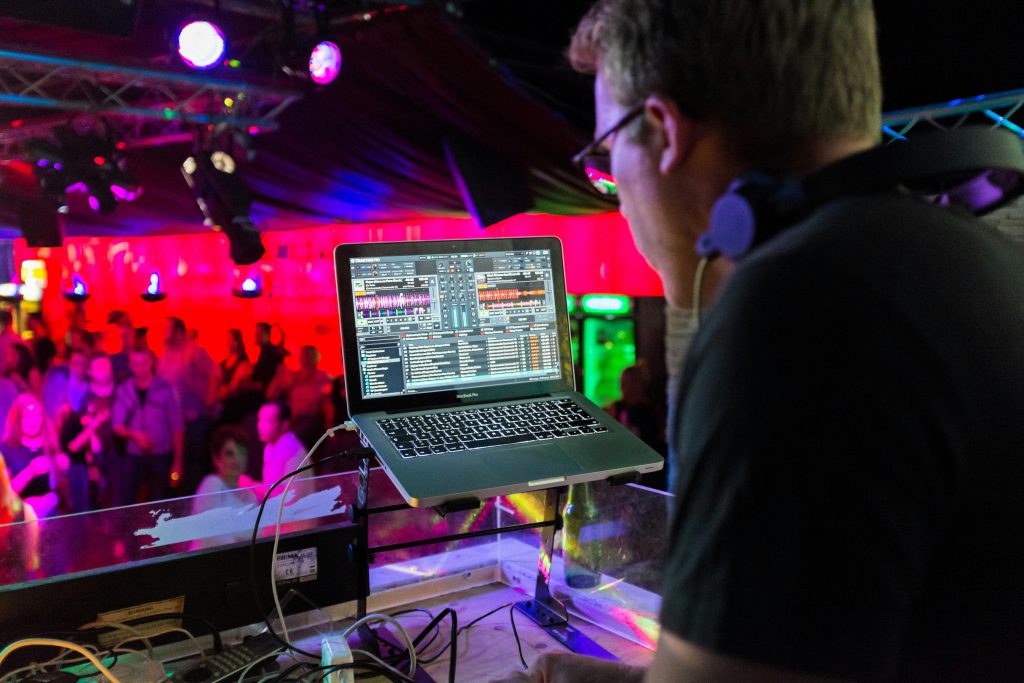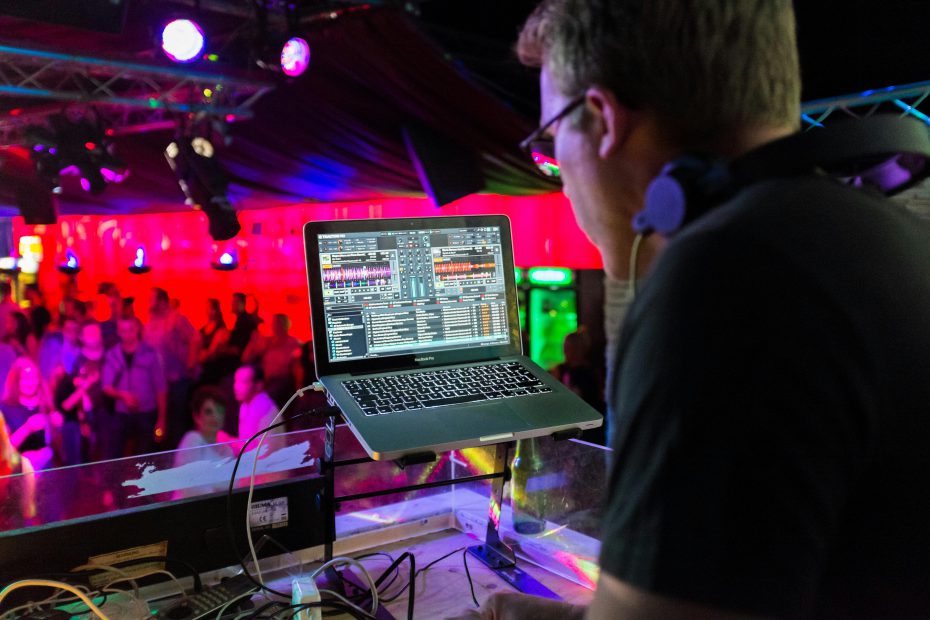How to Troubleshoot a Rackmount Digital Mixer?
Rackmount digital mixers have revolutionized live sound, studio setups, and broadcast systems, offering compact, versatile, and feature-rich solutions. However, like any piece of technology, they can encounter issues. Knowing how to troubleshoot a rackmount digital mixer effectively ensures minimal downtime and optimal performance. This guide will help you identify and resolve common problems efficiently.

Why Troubleshooting Digital Mixers is Essential
A malfunctioning digital mixer can disrupt live performances, recording sessions, or broadcasts. Troubleshooting helps:
- Maintain Audio Quality: Identifying issues promptly ensures high-quality sound.
- Avoid Downtime: Quickly resolving problems minimizes interruptions.
- Protect Equipment: Proper diagnosis prevents further damage.
In the sections below, we’ll outline practical steps to troubleshoot rackmount digital mixers.
Common Problems with Rackmount Digital Mixers
1. No Sound Output
This is one of the most frequent issues. Follow these steps:
Check Connections
- Ensure all cables are securely connected.
- Verify the output cables (XLR, TRS, or Dante) are correctly plugged into the mixer and amplifier or powered speakers.
Inspect Signal Flow
- Use the digital mixer’s interface to trace the signal path.
- Confirm that input channels are routed to the correct outputs.
Test External Equipment
- Check whether the issue lies with external devices, such as microphones, speakers, or amplifiers, by connecting them directly to other sources.
2. Distorted Sound
Distortion can ruin the listening experience. Here’s how to fix it:
Monitor Input Levels
- Check the gain settings on the input channels. Overloading a preamp can cause distortion.
- Use the mixer’s metering tools to ensure levels remain in the green zone.
Evaluate Output Levels
- Ensure that the main output level is not exceeding the recommended range for connected devices.
Inspect Cables
- Faulty or damaged cables can introduce noise and distortion. Replace any suspect cables.
3. Network Issues with Digital Mixers
Rackmount digital mixers often use protocols like Dante or AVB for audio networking. If there’s no network connectivity:
Verify IP Settings
- Ensure the mixer and other devices on the network have compatible IP addresses.
- Use a static IP configuration if necessary to avoid conflicts.
Check Network Hardware
- Inspect Ethernet cables and switches. Use gigabit-capable switches for optimal performance.
- Reset switches or routers to eliminate potential glitches.
Update Firmware
- Outdated firmware can cause compatibility issues. Update the digital mixer and other Dante-enabled devices to the latest versions.
4. Inconsistent or Missing Channel Signals
If some channels are not functioning as expected:
Test Input Devices
- Swap out microphones or instruments to rule out equipment faults.
Inspect Channel Settings
- Ensure channels are not muted or routed incorrectly.
- Check EQ, dynamics, and effects settings to verify they aren’t causing the issue.
Reset to Default
- If a particular channel remains problematic, reset its settings to factory defaults.
5. Mixer Freezing or Crashing
When a rackmount digital mixer freezes or crashes during operation:
Restart the Mixer
- Power cycle the mixer by turning it off and on again.
Check Power Supply
- Ensure the mixer is receiving stable power. Use a UPS (Uninterruptible Power Supply) if necessary.
Inspect External Devices
- Disconnect USB drives, external hard drives, or other peripherals that may be causing conflicts.
Perform a Factory Reset
- If the problem persists, perform a factory reset. Backup your settings beforehand to avoid data loss.
Advanced Troubleshooting for Digital Mixers
1. Use Diagnostic Tools
Most digital mixers come with built-in diagnostic tools. Utilize these to:
- Identify hardware faults.
- Check DSP usage and network health.
2. Update Firmware and Software
Ensure your mixer is running the latest firmware and software versions. Updates often fix bugs and improve performance.
How to Update:
- Visit the manufacturer’s website for the latest firmware.
- Follow their instructions for downloading and installing updates.
3. Monitor Heat Levels
Rackmount digital mixers can overheat in poorly ventilated environments. To avoid overheating:
- Ensure the mixer is installed in a well-ventilated rack.
- Use external fans if necessary to maintain optimal temperature.
4. Test with Minimal Setup
To isolate issues:
- Disconnect all external devices except for one input and output.
- Gradually reconnect other devices while testing functionality.
5. Consult the User Manual
The user manual often contains troubleshooting tips specific to your model. Refer to it when facing unusual issues.
Preventative Maintenance for Digital Mixers
Regular maintenance minimizes the likelihood of problems. Follow these tips:
1. Keep Firmware Up-to-Date
Regularly check for updates to ensure compatibility with other devices and networks.
2. Clean the Mixer
Dust and debris can accumulate over time. Use:
- Compressed air to clean vents and ports.
- A soft cloth for the exterior.
3. Inspect Cables and Connections
Regularly check all cables for wear and tear. Replace damaged cables promptly.
4. Backup Mixer Settings
Save your mixer’s settings regularly to prevent data loss in case of a reset or hardware failure.
When to Seek Professional Help
If troubleshooting doesn’t resolve the issue, it may be time to consult a professional. Common scenarios include:
- Persistent hardware failures.
- Unusual noises or glitches that can’t be diagnosed.
- Issues requiring internal repairs or part replacements.
Contact the manufacturer or an authorized service center for assistance.
Troubleshooting a rackmount digital mixer requires a systematic approach to identify and resolve issues effectively. By understanding common problems, utilizing built-in tools, and performing regular maintenance, you can keep your digital mixer running smoothly for years. Remember to update firmware, clean your equipment, and test thoroughly to avoid unexpected issues.
With these troubleshooting strategies, your rackmount digital mixer will continue to deliver high-quality performance, ensuring seamless audio production for live events, studios, or broadcasts.
